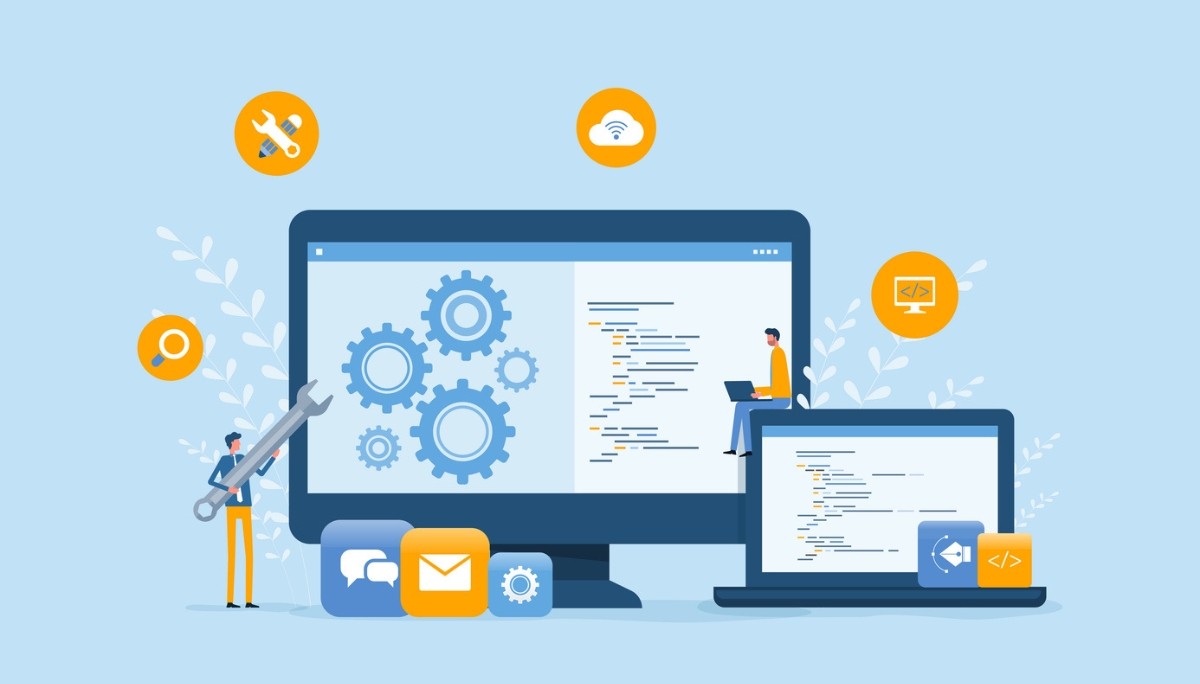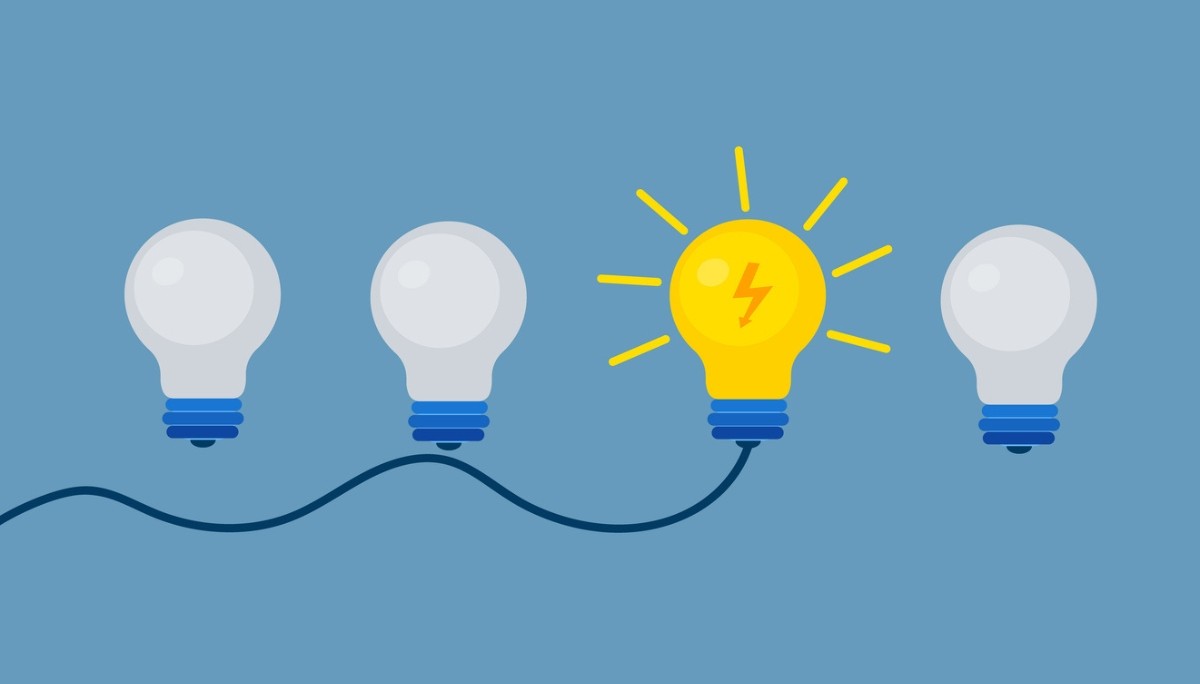PyTorch vs TensorFlow: Which Deep Learning Framework Should You Use?
By
Liz Fujiwara
•
Aug 19, 2025
When it comes to deep learning, two frameworks dominate the landscape: PyTorch and TensorFlow. Both are powerful, widely adopted, and capable of handling everything from small-scale experiments to large-scale production deployments. However, their strengths, learning curves, and ideal use cases differ in ways that can significantly impact your workflow. Whether you are a researcher seeking flexibility, a developer rapidly prototyping ideas, or an engineer scaling complex models to millions of users, choosing the right framework is crucial. In this article, we will break down the key differences between PyTorch and TensorFlow so you can determine which best aligns with your goals.
Key Takeaways
PyTorch is a popular choice for research and prototyping thanks to its dynamic computation graph, which enables flexible model adjustments during execution.
TensorFlow stands out in production environments with robust deployment tools and scalability, making it well-suited for large-scale applications.
The decision between PyTorch and TensorFlow ultimately comes down to project requirements, with PyTorch excelling in rapid experimentation and TensorFlow offering strong capabilities for enterprise-level machine learning deployments.
Understanding PyTorch

PyTorch has quickly become a popular AI framework, beloved by researchers and developers alike. Its foundation in Python provides a user-friendly interface and flexibility, making it a preferred choice for those embarking on AI projects. The dynamic computational graphs and intuitive Python integration are just a few reasons why PyTorch is often the go-to for research and prototyping.
Origins and Development of PyTorch
PyTorch was developed by Meta AI in 2016, with its first public release and subsequent open-sourcing in 2017. This step democratized its use and enabled a wide range of developers to contribute to its growth, solidifying its position as one of the most powerful deep learning frameworks.
Key Features of PyTorch
One of PyTorch’s standout features is its dynamic computational graph, which allows developers to modify models on the fly during execution. This flexibility is particularly valuable for researchers who need to experiment and iterate quickly. The framework is built with Python at its core, making it highly accessible for Python developers and ensuring smooth integration with other Python-based tools. Its ecosystem includes specialized libraries for computer vision and natural language processing, further improving its utility in these domains.
PyTorch offers several key advantages:
Efficient utilization of GPU hardware acceleration, significantly boosting performance during model training and inference
Built-in GPU support
Strong community support
Comprehensive documentation
Active community engagement through forums, GitHub projects, and shared models, enriching its ecosystem
These features make PyTorch a great choice for developing deep learning models.
Understanding TensorFlow

TensorFlow is another major player in the field of deep learning frameworks. Created by the Google Brain team and released in 2015, it has evolved into a versatile platform used extensively for AI, machine learning, and deep learning projects, including TensorFlow Lite. To leverage its capabilities, developers typically begin by importing TensorFlow into their projects. Its robustness and scalability make it a preferred choice for implementing complex machine learning models across a wide range of applications.
Origins and Development of TensorFlow
Initially developed as an evolution of the earlier DistBelief framework, TensorFlow was created to meet a broad range of artificial intelligence needs. The Google Brain team set out to design a powerful deep learning framework capable of handling everything from small-scale experiments to large-scale production deployments. Today, it is widely adopted for neural network applications across industries.
Key Features of TensorFlow
TensorFlow’s static computation graph is one of its defining features, enabling easier optimization and efficient resource utilization. This static nature supports parallelism and streamlined training, making TensorFlow a strong choice for production-grade applications. Its scalability is evident in its ability to run seamlessly on everything from desktops to large-scale distributed systems.
TensorFlow offers several key features:
Both high-level and low-level APIs, giving developers the flexibility to build and debug models as needed
Keras, a high-level API integrated within TensorFlow, which simplifies model development and deployment
TensorBoard, a powerful visualization tool for monitoring and debugging model training, enhancing usability
Additionally, TensorFlow’s support for high-level APIs further streamlines development, making it accessible to both beginners and experienced machine learning practitioners.
Key Differences Between PyTorch and TensorFlow

While both PyTorch and TensorFlow are powerful deep learning frameworks, each has distinct characteristics that cater to different needs. Understanding these differences is essential for making an informed decision about which framework is best suited for your project. Let’s explore the key factors that set them apart.
Dynamic vs. Static Graph Definition
PyTorch’s computational graph is a game-changer for researchers. It allows for real-time model adjustments, making it ideal for environments that demand flexibility and rapid experimentation. However, this dynamic approach can result in higher memory usage due to on-the-fly execution, especially when handling complex graphs.
In contrast, TensorFlow’s static computation graph requires the model structure to be defined before execution. While this may seem restrictive, it enables better optimization and resource management. TensorFlow performs exceptionally well in environments where efficiency and parallelism are critical, making it a strong choice for production-grade applications.
Ease of Use and Learning Curve
PyTorch is often praised for its user-friendly interface and intuitive syntax, which closely aligns with standard Python programming practices. This makes it easier for beginners to learn and use effectively, contributing to its popularity in academic research and prototyping. The rapidly growing PyTorch community also provides extensive support and resources for new users.
In contrast, TensorFlow has traditionally presented a steeper learning curve due to its more complex syntax and use of a static computation graph. However, the integration of Keras as a high-level API has greatly improved its accessibility. Keras simplifies model creation and training, making TensorFlow more approachable for a wider range of developers.
Visualization Tools
When it comes to visualization tools, TensorFlow’s TensorBoard stands out for its comprehensive features that support model visualization and debugging. Its rich functionality makes it an invaluable tool for developers working on complex models.
In contrast, PyTorch’s Visdom provides a more minimalistic interface. While user-friendly, it does not offer the same extensive capabilities as TensorBoard.
Production Deployment
TensorFlow excels in production deployment scenarios thanks to:
Its robust ecosystem and deployment tools, such as TensorFlow Serving
TensorFlow Serving, which enables seamless deployment of machine learning models via a RESTful API, making it a preferred choice for large-scale applications
Comprehensive documentation and strong community support, which further enhance ease of deployment
In contrast, deploying PyTorch-trained models or custom models often requires additional frameworks such as Flask or Django to integrate effectively into production environments. While this approach provides flexibility, it also requires careful planning and extra effort to ensure practical model deployment.
Nonetheless, PyTorch’s adaptability can be helpful for dynamic projects that demand custom deployment solutions and flexible model building.
Distributed Training
Distributed training is a critical component for scaling machine learning models. PyTorch natively supports asynchronous execution, which enhances its capability for distributed training. While TensorFlow can achieve similar functionality, it often requires more effort and fine-tuning to reach optimal performance.
Both frameworks support GPU acceleration, although TensorFlow may have a slight advantage in optimized resource management.
Practical Applications of PyTorch and TensorFlow

The practical applications of PyTorch and TensorFlow span a wide range of industries and use cases. From natural language processing to autonomous vehicles, these frameworks have demonstrated their effectiveness in training neural networks to solve complex real-world problems.
Case Studies with PyTorch
Microsoft leverages PyTorch to create efficient language models that improve their natural language processing tasks. Similarly, Airbnb has improved its customer service through a dialog assistant powered by PyTorch, which utilizes neural machine translation. Genentech applies PyTorch in advanced cancer research and drug discovery, showcasing the framework’s versatility in the healthcare sector.
Toyota uses PyTorch for video processing in their autonomous vehicle technologies, highlighting its capabilities in computer vision applications. These case studies demonstrate how PyTorch’s flexibility and ease of use make it a popular choice among leading companies for a wide range of applications.
Case Studies with TensorFlow
TensorFlow is widely used in industry for large-scale applications, including speech recognition, genomic sequencing, and real-time translation. Its capabilities in drug discovery and other complex tasks further demonstrate its effectiveness in handling demanding projects. TensorFlow’s scalability and efficiency in production-grade applications make it a go-to framework for organizations implementing robust machine learning solutions.
These case studies illustrate how TensorFlow excels across various domains, providing the tools and resources necessary to tackle real-world problems. Whether developing advanced AI models or deploying scalable machine learning systems, TensorFlow remains a powerful choice for industry leaders.
Choosing the Right Framework for Your Project
Deciding between PyTorch and TensorFlow depends on several factors, including project requirements, learning style, and long-term goals. Each framework offers unique advantages that cater to different needs.
For Research and Prototyping
For research and dynamic projects, PyTorch is often the recommended framework because of its flexibility and ease of use. Its computation graph allows for researchers to make adjustments during model training. This makes PyTorch particularly well-suited for academic research and rapid prototyping.
For Production Environments
In production environments, TensorFlow provides a set of deployment options, making it well-suited for large-scale applications. Its integration with cloud services further enhances deployment capabilities, establishing it as a preferred choice for enterprise-level machine learning projects. TensorFlow’s architecture supports extensive computational resources and scalability, ensuring it can meet the demands of production-grade systems.
Table Comparison of PyTorch and TensorFlow

To make the comparison even clearer, here is a summarized table highlighting the key differences and features of PyTorch and TensorFlow. This table allows you to quickly see which framework is better suited for your specific needs.
Feature | PyTorch | TensorFlow |
Graph Definition | Dynamic computation graph | Static computation graph |
Learning Curve | Easier, intuitive Python-based syntax | Steeper, but improved with Keras |
Visualization Tools | Visdom (minimalistic) | TensorBoard (comprehensive) |
Production Deployment | Requires additional frameworks like Flask or Django | Robust, with TensorFlow Serving |
Distributed Training | Asynchronous execution, easier setup | More complex, requires manual adjustments |
Community Support | Strong, active community | Extensive, with comprehensive documentation |
Flexibility | High, ideal for research and prototyping | Optimized for large-scale production |
GPU Acceleration | Excellent | Excellent, slight edge in resource management |
Introduction to Fonzi
Fonzi is revolutionizing the way companies hire AI engineering talent. As a curated AI engineering talent marketplace, Fonzi connects organizations with top-tier, pre-vetted AI engineers, ensuring fast, consistent, and scalable hiring.
What Is Fonzi?
Fonzi specializes in sourcing and pre-vetting highly qualified AI engineers for organizations. Through its recurring hiring event, Match Day, the platform features a curated selection of candidates who have undergone thorough evaluations, streamlining the hiring process.
How Fonzi Works
During Match Day events, companies meet pre-qualified AI engineers. Structured evaluations assess candidates accurately, while fraud detection methods maintain the integrity of the selection process. This provides a reliable, high-signal hiring solution.
Why Choose Fonzi?
Fonzi significantly reduces the time it takes to hire qualified AI talent compared to traditional methods. Its solutions cater to both startups and large enterprises, adapting to diverse hiring needs. With most hires occurring within three weeks, Fonzi ensures a fast, consistent, and effective hiring process while maintaining a positive candidate experience.
Summary
Choosing between PyTorch and TensorFlow ultimately depends on your specific project requirements and goals. PyTorch’s flexibility, ease of use, and dynamic computation graph make it well-suited for research and prototyping. In contrast, TensorFlow’s scalability, and comprehensive ecosystem make it a strong choice for production-grade applications. By understanding the strengths and weaknesses of each framework, you can make an informed decision that aligns with your project’s needs. Whether you are a researcher, developer, or industry professional, both PyTorch and TensorFlow provide powerful tools to help you achieve your AI objectives.




